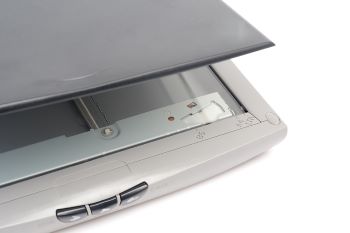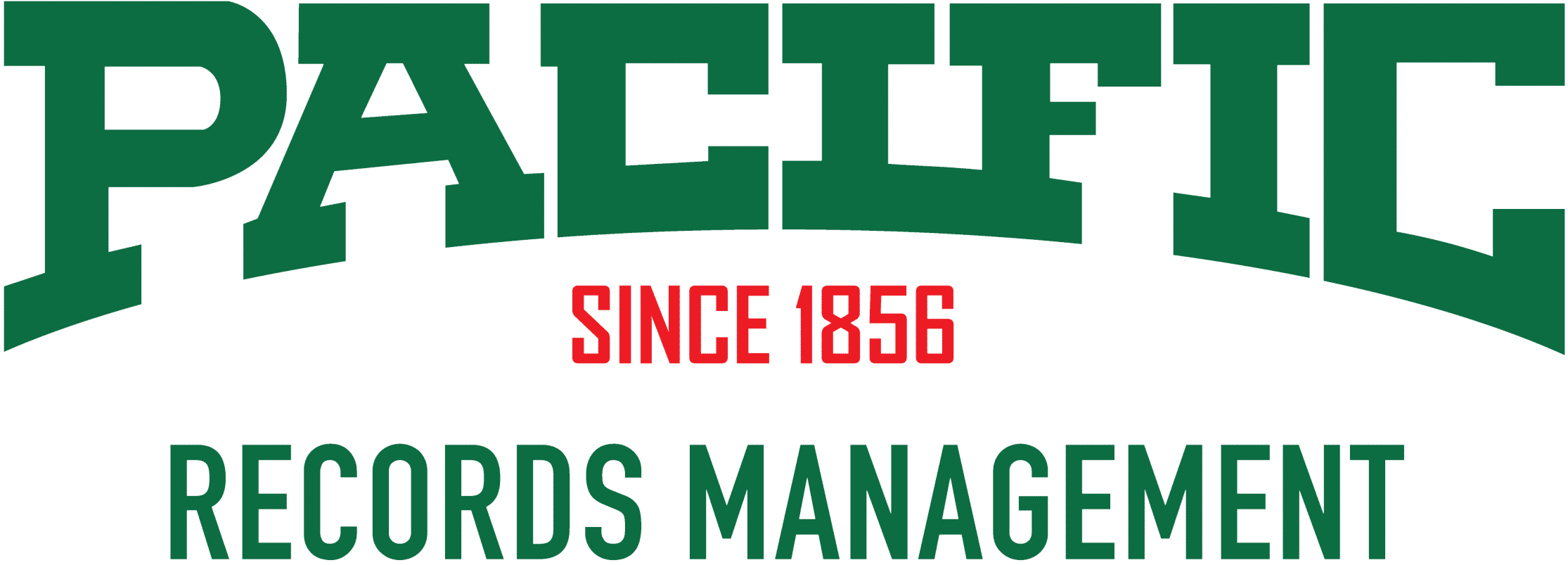Why is DPI So Important in Document Scanning?
Dot to Dot

DPI
Dots per inch (DPI) is a measure of the resolution of a digital scan. The higher the dot density, the higher the resolution of the scan. DPI is the number of dots that can be placed, in a line, across one inch. When you scan a document to create a digital copy, the level of DPI selected is determined by a combination of a variety of factors.
Is Bigger Always Better?
When you choose to scan anything, one of the most important decisions is what dpi to use when scanning. You might assume that choosing the highest DPI is always the best, but that is not true. Each project is unique and requires consideration of the outcome needed. Consider these variables when choosing the desired DPI.
- Detail: What is the amount of detail you need from your original? Is your document primarily text or does it include photographs? What will the scan be used for? Is it to simply store information or will it be used on the web or sent out for printed publication?
- Image Size: This is the resulting resolution you will have to work with. Low-resolution images are considered 150 dpi or less and are beneficial for use on the web and for text documents used internally. Medium-resolution images are 200-300 dpi are most common. High-resolution images are commonly 600 dpi and higher and offer the best versatility but require storage and time.
- File Size: The final size of the file is measured in bytes and indicates how much computer space it will require to be saved. It will influence your storage and what you intend to do with it.
High DPI vs Low DPI
- Document Quality: A file scanned at a highest DPI will always allow you the best use of the image. It will offer the best quality image when needed and a copy of the file can always be resized for when the highest quality isn’t necessary. If your photos and documents are scanned with a lower DPI, it will limit its use. For instance, publications will require a high-quality image and if your file hasn’t been scanned at a high enough DPI, it may be unusable. On the other hand, documents can be lower DPI if they will only be used for the internet and still render enough quality. Other elements that will influence your choice will be the size of the original document and if color is used.
- Time to Scan: The time-to-scan difference between a low and a high DPI can range from seconds to several minutes for each. This isn’t as much an issue with one or a few scans, but a hundred scans at just 3 minutes each will cost you 5 hours of scanning time.
- Storage Space: The higher the scanned DPI, the more computer space that will be required to store the file. One scanned file may not be an issue, but if hundreds of documents are scanned at the highest DPI available, the amount of space required is substantial. Images and documents scanned for the web should be low enough to allow swift loading and limit the amount of space used on the server.
- Ability to Send: Since the selected DPI influences the size of your scanned file, the ability to send your file by email, use it on social media or transfer it to another location may be limited.
Outsourcing Scanning
If you presently do your own scanning in-house, it may be costing you more than you realize.
- Are your files being scanned at the best DPI level?
- Do you have the best available equipment to scan and is the software kept up-to-date?
- Do you want your staff using their time to scan large quantities of material?
If you are answering no to these questions, you should consider outsourcing your work with a quality and reputable scanning service.
Pacific Records can accomplish your scanning projects in less time and offer excellent quality, while ensuring your unique documents are scanned at the right DPI. We serve Sacramento, Stockton, Modesto, Fresno, and Napa and Solano counties, and our document scanning specialists are always ready to have a conversation about our hassle-free scanning services and how it would benefit your company’s needs. Simply call us at 509-586-6090 or complete the form on this page. We look forward to working with you!
